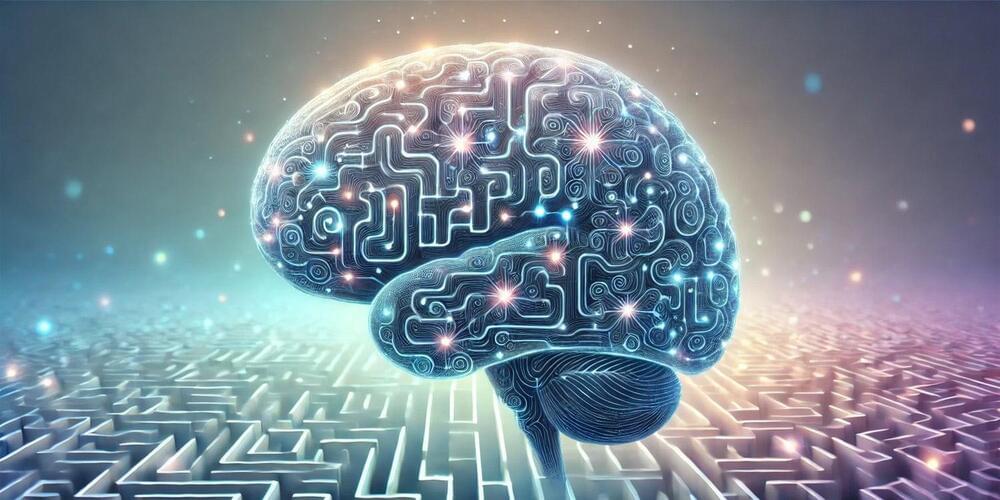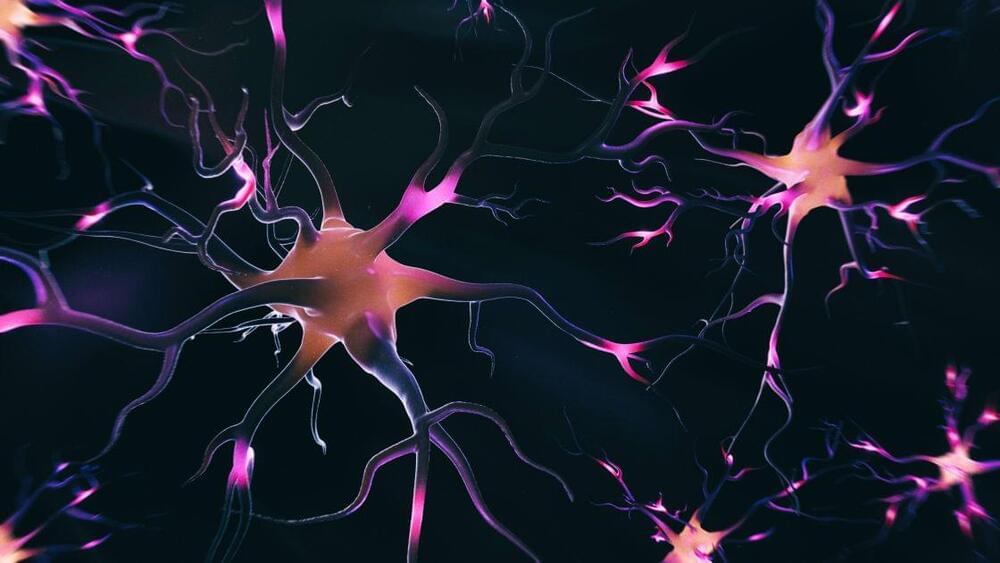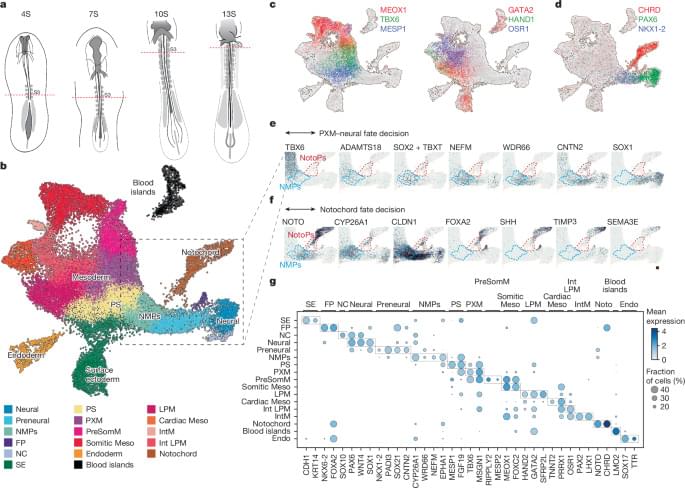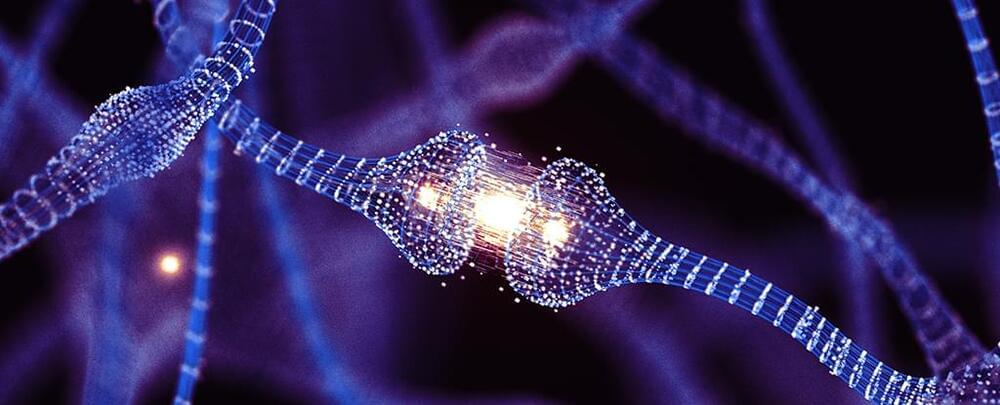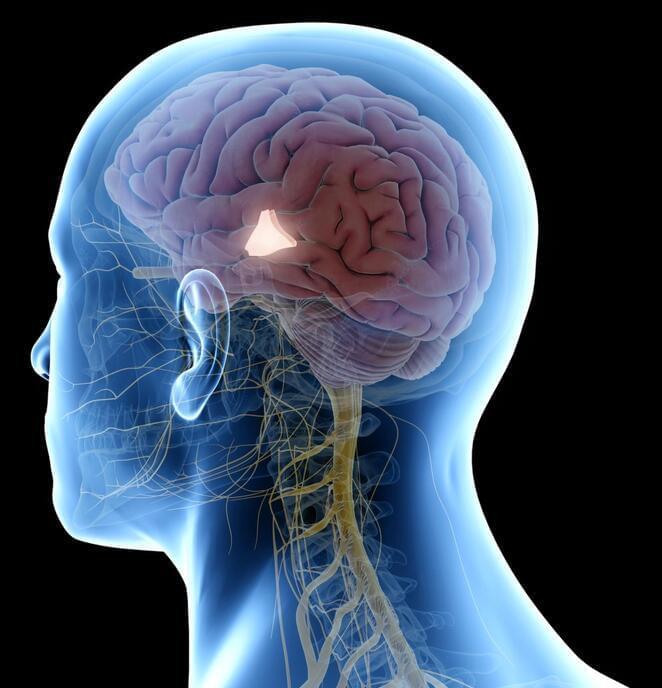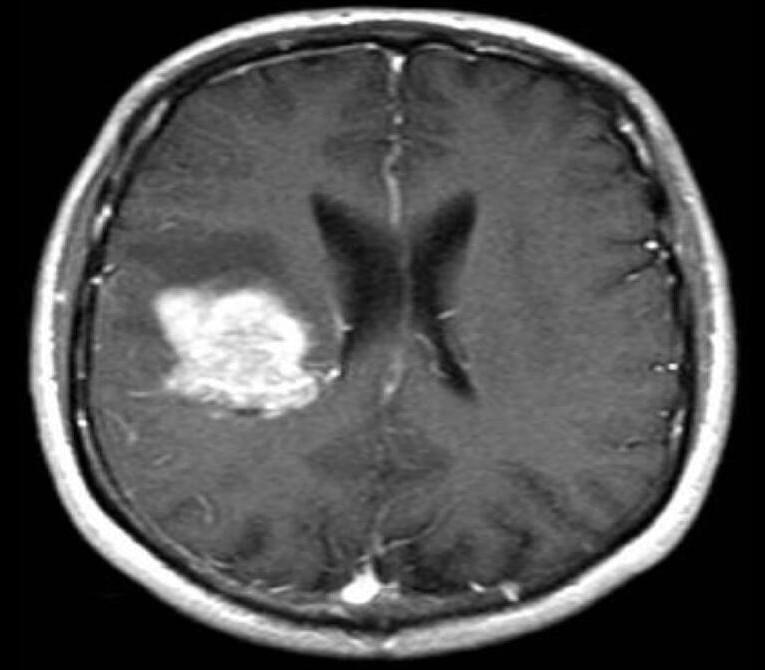A recent study published in PLOS Computational Biology found that people with stronger autistic traits, particularly those with a preference for predictability, tend to exhibit unique curiosity-driven behaviors. These individuals showed persistence in tasks requiring sustained attention, often leading to superior learning outcomes.
Autism spectrum disorder is a developmental condition that affects how individuals perceive and interact with the world. It is characterized by differences in communication, social interaction, and behavior patterns. Rather than being a singular condition, autism exists on a spectrum, meaning that individuals experience varying levels of intensity and expression of traits. While some may require significant support in daily life, others might navigate independently with unique strengths and challenges.
Autistic traits are characteristics commonly associated with autism but may also be present in varying degrees within the general population. These traits can include a preference for routines, heightened sensitivity to sensory input, and intense focus on specific topics of interest. While these traits can sometimes pose challenges, they also contribute to unique ways of thinking and problem-solving.
